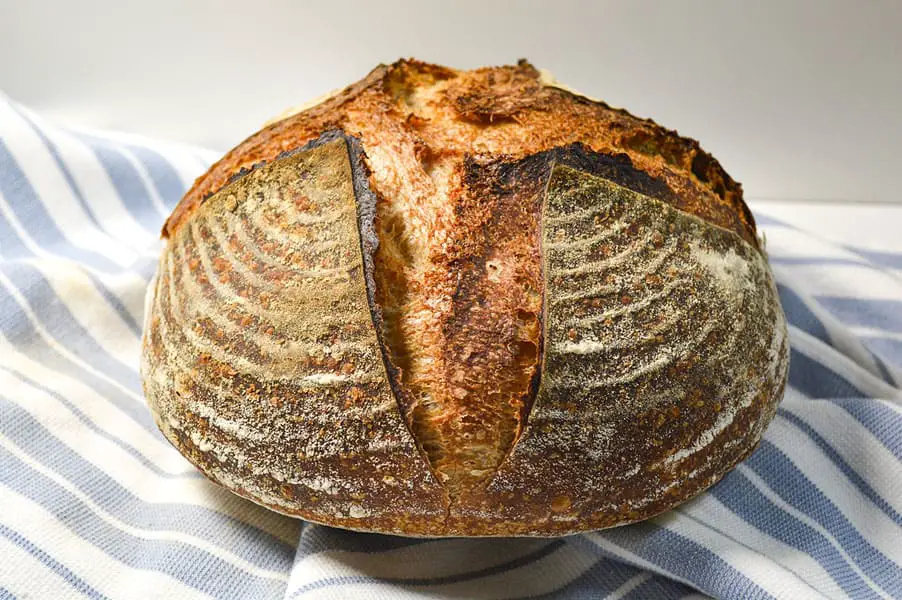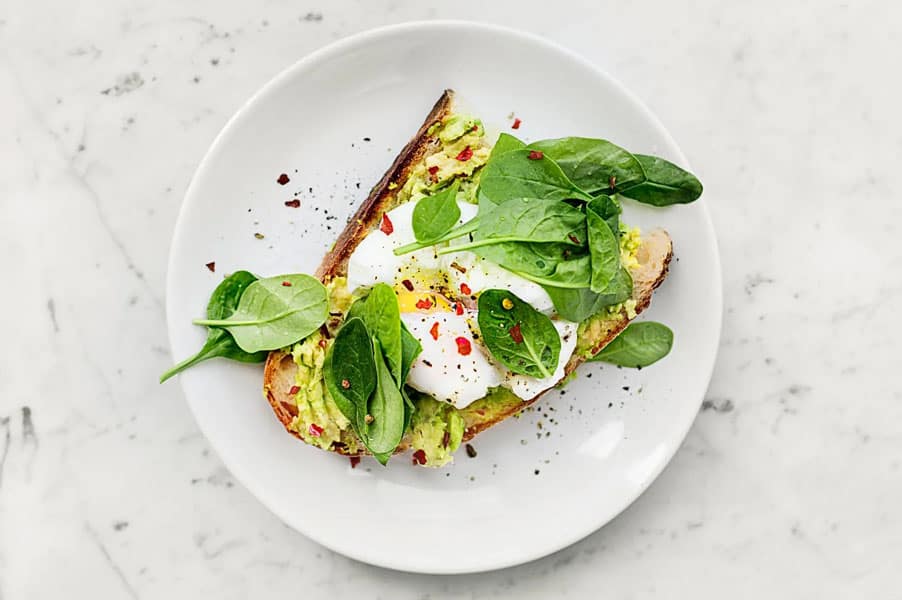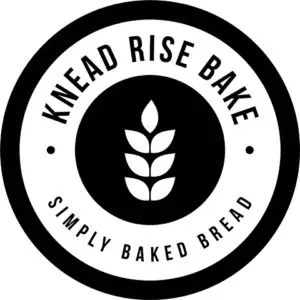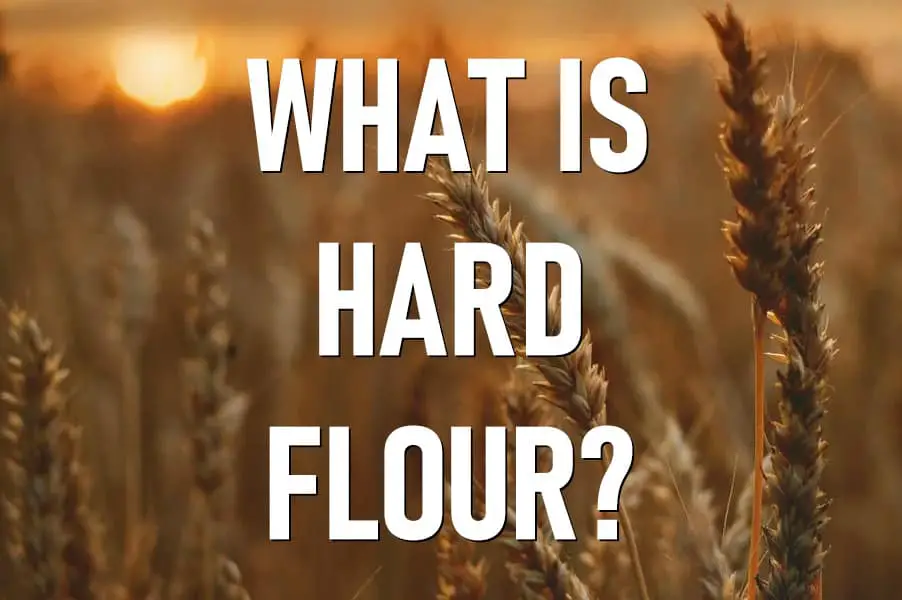We say this often around here – sometimes it seems like the trickiest part about baking is learning the dialect. There are so many new terms to learn. And sometimes it feels like the longer you bake, the more new terms you come across.
“Hard flour” is one of these. What is it, and what is it used for?
Flour considered “hard flour” is higher in protein content than other flour types. It is made from hard wheat and has a protein content of 12% – 14%. The higher protein is due to the type of wheat that the flour is milled from. Because of its higher protein, dough made from hard flour has greater gluten development, which results in a stronger dough and a chewier finished product.
Depending on where you live in the world, hard flours may be packaged under different names and labels. In the US, “bread flour” is the most common label for hard flour. “Strong flour” is what you’ll see it called in the UK and other regions. So if you’re looking in your grocery store for hard flour and can’t find it, don’t worry – it’s probably there under one of those other two names.
What Is Hard Flour Good For?

Hard flour is best for yeasted baked goods that are intended to have a chewy texture. Pizza crust, bagels, sourdough bread, sandwich loaves, and really pretty much any type of yeasted bread will turn out well when baked with hard flour.
On the other hand, hard flour is not best for baked goods that have a tender or flaky texture. Some examples of things that are best to avoid when baking with hard flour are biscuits, cookies, cakes, pie crust, and quick breads.
If you’d like more on protein content of flour and the types of bread to bake with different levels of protein, check out our post here: https://kneadrisebake.com/do-i-need-bread-flour-to-make-bread/.
Is Hard Flour the Same as All-Purpose?
The short answer is, no; all-purpose flour is not exactly hard flour. All-purpose flour generally has a protein content of 10% – 12%. Remember, hard flour has 12% – 14%. So that means that most all-purpose flour has a slightly lower protein percentage than hard flour.
All purpose flour, however, is often made from hard wheat similar to hard flour. But there is a key difference, mainly the variety and season in which it is grown. Hard spring wheat tends to have the highest protein content which is used for strong flour. Hard winter wheat has slightly less protein and is often used for all purpose flour.
However, you probably noticed that there isn’t a very big difference between those numbers (technically overlapping, in fact). So if you happen to need hard flour and don’t have it on hand, don’t panic. Chances are that all-purpose flour can be substituted in, and the recipe will turn out fine.
You can always mix a bit of whole wheat into all-purpose to ratchet up the amount of protein available. Many whole wheat varieties of flour have upwards of 14 percent protein. This would help balance the protein of your all-purpose flour up a bit.
For more on this, be sure to check out our side by side comparison of several different bread types. We spend a great deal of time discussing the differences between bread flour (high protein hard flour) and all-purpose.
Is Hard Flour Healthier Than Other Types of Flour?

When we compare the nutrition facts for white hard flour vs. all-purpose white flour, we see that there isn’t much difference. Here’s a breakdown per 100 grams (Source):
| Flour Type | Calories | Carbs | Fat | Protein | Fiber |
| Hard Flour (Bread Flour) | 361 | 72.5g | 1.7g | 12g | 2.4g |
| All-Purpose Flour | 364 | 76.3g | 1g | 10.3g | 2.7g |
Although hard flour has fewer calories and carbs, and higher protein, you can see that it also has slightly higher fat and lower fiber than all-purpose. So for most of us, there aren’t major health benefits to choosing one over the other.
If you’re concerned about healthy flour choices, whole wheat is the most nutritious of all wheat flours. In an article describing the five healthiest types of flour, Healthline.com lists whole wheat flour as number 5, behind coconut, almond, quinoa, and buckwheat. So from a health standpoint, incorporating more whole wheat into your baking will make a bigger difference than choosing hard flour over all-purpose.
Why Does Strong Flour Have A Range For Protein Content?
This one really comes down to manufacturers and flour blends. Most companies do not prominently disclose the amount of protein in their flour as it is easier to fall in a range than it is to carefully ensure every bag of flour contains an exact amount of protein.
Kudos to the companies that do prominently display it. We’re looking at you King Arthur! We appreciate you.
But, contrary to what some folks might think, really high levels of protein do not mean a loaf of bread will be better. Too much protein is not good. In other words, once protein content gets above 13% it starts to become too strong for light and airy loaves of bread.
Bakers look for a balance of strong elasticity with strong extensibility. Those two aspects work together. A dough’s elasticity is what helps hold it tightly in place so that it can rise, but extensibility lets it stretch out and actually rise higher. Too much of either characteristic will create a rather flat and dense loaf of bread.
Keeping protein content above 10 percent but under 13 percent gives the baker the best of both worlds. The sweet spot for bread tends to be around 12 percent. This is why the higher the protein content gets, the more likely a baker is to use an autolyse which provides more extensibility to a dough.
If you’re not sure what an autolyse is, be sure to check out our blog post on using one here. Most sourdough bakers use them as they often call for higher protein and thirstier flours in their recipes.
All that said, some bakers might prefer a bread flour closer to 11 percent than 13 percent, depending on what they are looking for in their bread. having a range is a good thing!

